The 2008 financial crisis was ripe for a meltdown since those most literate with the world’s financial laws and limits were accomplices in the damage. An obscure and unquestioned governance system was the ideal setting for public negligence and private greed.
2008 proved that banks are not “too big to fail.” The regulators and traders skirted responsibility and hit a windfall, while about 10 trillion dollars was taken from people’s financial assets. The system crashed, the banks failed their customers, and yet in 2017 it is still business as usual.
In 2017 we should be wondering about the Great Lakes: will they crash as well? Holding 20 percent of the world’s surface freshwater and divided by over 1,000 laws, boundaries, cultures, agreements, jurisdictions, and protocols – these waters are threatened more than ever by the types of risks and rewards we are betting on.
Examining the laws and institutions regulating oil pipelines, water shut offs, nuclear waste burial, industrial and consumer chemicals, corporate control of water access, microplastic pollution, and invasive species encroachment reveal that each issue is entangled in political, economic, and legal systems as complex and ethically dubious as global finance.
Niagara Falls, 2017
Consider the oversight, opportunity, and consequences in each of these Great Lakes system crashes:
Ontario is burying nuclear waste on the shores of Lake Huron without the democratic consent of local and basin-wide residents, is re-investing in nuclear energy, and has no accountability to the rights of future generations. This waste is toxic for over 100,000 years making it impossible for responsible management.
Water infrastructure in major cities is either so underfunded that it releases raw sewage, pharmaceuticals, and micro-plastics back into drinking water sources or so in debt that unelected emergency managers run public waterworks for private investor payback.
Water is not a human right, with racialized and colonized people either forced to pay for poisoned water or bottled water. Meanwhile corporations get cheap permits to take and sell bottled water worth millions of dollars.
State and Provincial governments are expanding and protecting oil pipelines that will eventually contaminate drinking water for up to 40 million people in the basin. 100 percent of this oil will be burned and further implicate our fossil fuel commitment in catastrophic climate change.
Would you welcome some help unpacking Great Lakes governance so this system doesn’t crash?
The Great Lakes Commons initiative recently created two reference guides introducing the major regulatory actors and factors in order to re-imagine water protection that is a safe investment for generations to come.
For example, the information and questions in these guides highlight:
There are at least 16 different laws committing Canada, the USA, and their sub-jurisdictions to Great Lakes protection. However, these laws where not made to protect us from the short list of crash examples above.
There are 96 Indigenous Tribes and First Nations with legal and ancestral rights within the Great Lakes, while the basin is the unceded and present homeland of the Anishinaabek nation and Haudenoshaunee Confederacy.
There are approximately 100 treaties in the Great Lakes basin for shared autonomy and decision making between Indigenous and settler nations. Both the Canada and the USA have pledged to support the United Nations Declaration on the Rights of Indigenous Peoples, but there is little sign of how this pledge is alive in Federal, State, or Provincial water policy.
There are 32 Federal agencies run by Canada and the USA (not including their state, provincial, and municipal sub-agencies) coordinating Great Lakes protection so that 40 million people can rely on these waters everyday.
The Great Lakes were a commons before Europeans arrived. The basin was shared between Indigenous nations to provide life, livelihood, and cultural identity. The Dish With One Spoon wampum belt between the Anishinaabeg and Haudenosaunee is powerful example of how to respect autonomy within shared territories. As one dish the lakes are a united whole, while one shared spoon balances our individual and collective desires.
There is much to learn and these Great Lakes Commons governance guides are only a start. Information on the state of the economy is collected, analysed, and shared everyday. Most of us know the basics of how our money is secured and we rely on “the professionals” to deliver the system’s promises. But are we literate and organized on how the Great Lakes are managed? How curious and critical are we about the values and intentions in water governance?
Let’s not let the over-sized systems of Great Lakes regulation tempt us into passivity. Rather than a crash, let’s work toward a renewed set of water rules and relationships that are priceless.

